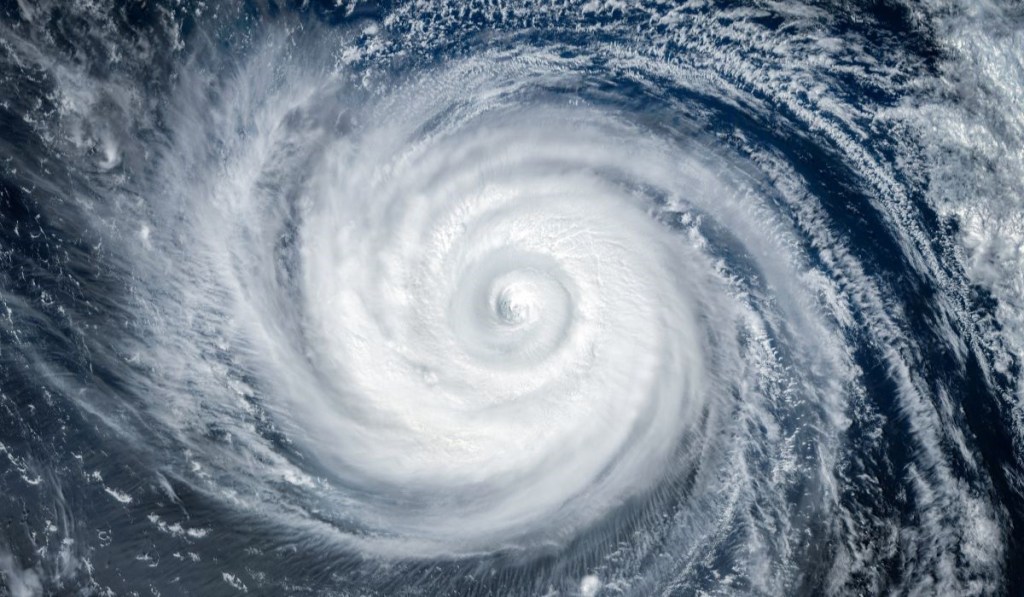Why is homeowners insurance so expensive in the Upper Midwest? The growing prevalence of extreme weather events and the high cost of construction are pushing property insurers to significantly raise their prices, even in places you might not expect.
This is according to an article published by the Federal Reserve Bank of Minneapolis, citing data from S&P Global showing as much as a 34% increase in homeowner’s insurance premiums nationwide over a period of seven years.
But states in the Ninth Federal Reserve District — which includes Minnesota, Montana, North and South Dakota, 26 counties in northwestern Wisconsin, and the upper peninsula of Michigan — have seen their premiums rise even faster than the national average. In South Dakota, premiums increased 41% in that seven-year period, while inflation grew by 24% in the same period.
“At the same time, what homeowners receive for their premiums has decreased, as insurers impose new conditions on coverage of common perils such as wind and hail damage,” the article stated.
More: catastrophic weather events are “a key driver” of the premium hikes.
“In Florida, it’s hurricanes,” the article explained. “In California, Montana, and many Western states, it’s wildfires. In the Upper Midwest, it’s wind and hailstorms. All of which are exacerbated by the inflation of construction costs. The financial stress has spread to homeowners as well. Besides protecting an important investment, homeowners insurance is also often required for those with mortgages.”
The cost to maintain homeownership is an important factor in housing affordability. Premiums have risen most sharply in states susceptible to certain extreme weather events, the article explained.
“The states with the most rapid increases in premiums since 2017 are mostly west of the Mississippi in areas prone to tornadoes, hail, or wildfire,” it said. “In the Ninth District, that describes South Dakota, Minnesota, and Montana, all of which have seen premiums increase faster than the national average.”
Insurance premiums are not arbitrarily set by the vendors themselves, but go through a regulatory review process while the insurers also try to maintain competitiveness with other companies in the industry. That also has to be balanced with the amounts needed to pay out claims.
“In Minnesota, for example, requests for premium increases filed by insurers are reviewed by actuaries at the Department of Commerce to ensure they’re not too high and not too low,” the article states. “Average homeowners insurance premiums have increased by 39% over the past seven years, and 15% in 2023 alone.”
Julia Dreier, the Minnesota Deputy Commissioner for Insurance at the state’s Department of Commerce, says in the article that the increases — exorbitant as they may be — make sense to the regulators.
“A lot of the companies have been operating at a loss for a considerable period of time,” she said. “Typically, what we had seen in an insurance market is you’d expect some years of loss but some years where they’re not losing as much money. And we’ve just seen five-plus years of sustained losses.”
For homeowners in the Upper Midwest, it also doesn’t help that nearly half of 2023’s 19 “billion dollar storms” — those that cost at least $1 billion in damages — took place in Ninth District states.
This leads to losses for carriers who then have to raise premiums based on market realities, which then puts financial pressure on consumers to either opt for less expensive, more limited coverage or run the risk of not paying for insurance altogether. More precise measurements afforded by technology also leads to an upheaval in a prior insurance norm.
“In the past, all homeowners within the same ZIP code might pay the same rate per dollar of coverage,” the report said. “But with the data and computing power available today, insurers can determine if homeowners in one census tract are more vulnerable to hail damage than those in an adjacent tract.”





